Interested in the living spaces of Olive Ridley Sea Turtles? Okay, then you must know that their main habitat is actually in the open ocean.
Olive Ridley Sea Turtles (Lepidochelys olivacea) are not exclusively underwater oceans. This one of the smallest sea species particularly prefers tropical and subtropical regions as their habitat. The tropical regions include the Atlantic, Pacific, and Indian oceans.
Now, ready for an adventure? I think you should dig into the mystery of their dwelling place. Then, read the whole article to fulfill your interest!
Range and Distribution of Olive Ridley Sea Turtle (Reference 1) (Reference 2)
Let’s examine the distribution and range of olive ridley sea turtles as we go deeper into their habitat. These amazing animals, which inhabit warm, tropical seas in the Indian and Pacific Oceans, really have their own passports.
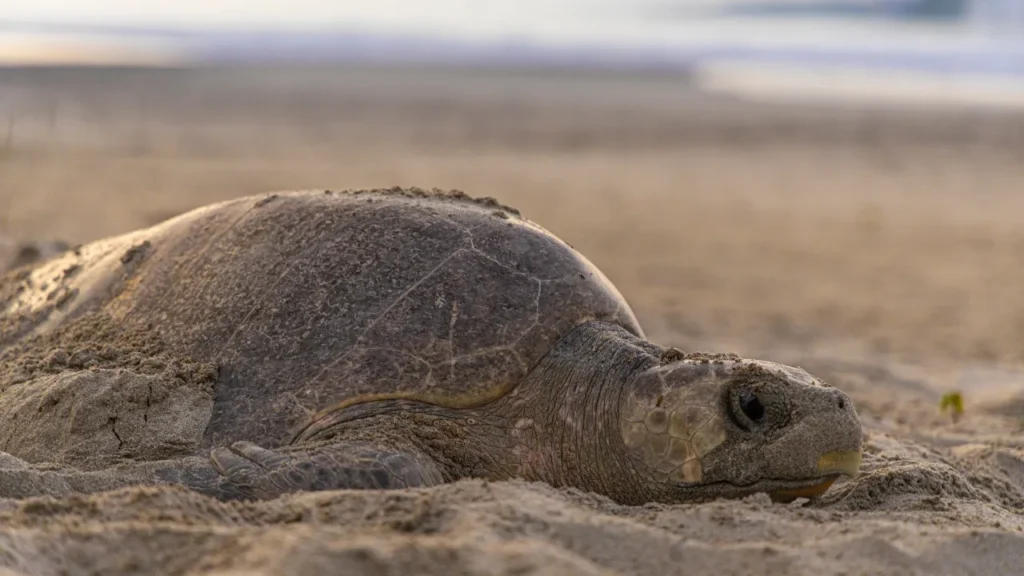
They are becoming a little pickier about nesting. Also, they prefer to keep things cozy, and the largest populations of olive ridley turtles are found in Orissa and India. However, they also have quality; it’s not just about numbers.
Now, for your convenience, I have added a table regarding their range and distribution along with ecological region:
| Category | States |
|---|---|
| Range and Distribution | India, Japan, Southern Africa, New Zealand, Australia, Brazil, Puerto Rico |
| Nesting Range | Orissa, India, Northern Australia, Southeast Asia, Madagascar, Sri Lanka, Costa Rica |
| Ecological Region | Indian and Pacific Oceans, Atlantic, Mediterranean, Gulf of California, Northeast Brazil Shelf Marine, Mesoamerican Caribbean Sea, Greater Antillean Marine |
In summary, Olive Ridley Sea turtles showcase a diverse range of nesting sites. These sites are- Orissa in India, Northern Australia, and Southeast Asia.
Their ecological footprint extends across various marine regions. That emphasizes the importance of conservation to safeguard their habitats and ensure their continued survival.
For more information about Olive Ridley Sea Turtle! you can read here!
What are the Preferred Habitats of Olive Ridleys?
Imagine the olive ridley sea turtle as a true wanderer of the ocean, one that enjoys both coastal hangouts and the open sea.
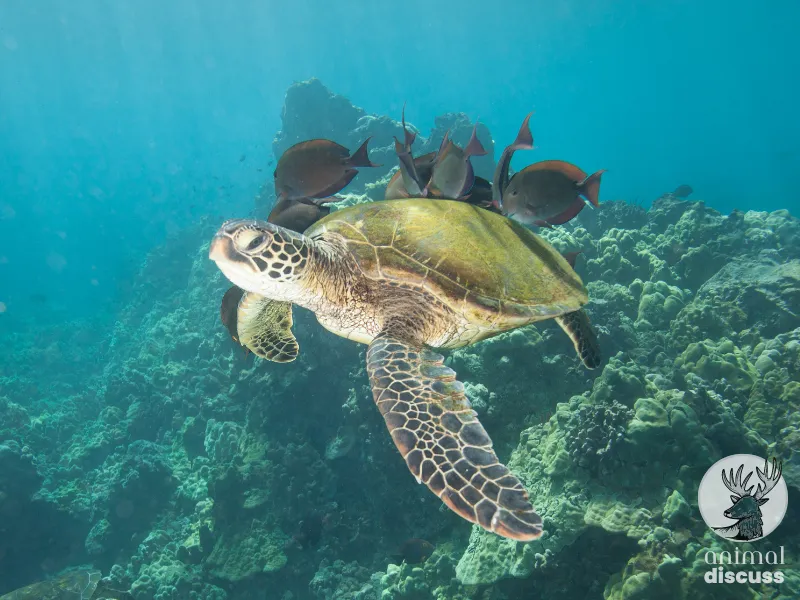
These animals travel the great expanse of the ocean like nomads, occasionally, being observed by aircraft thousands of miles from land. But, hey, they enjoy and relax in coastal locations as well; they are not just found in deep seas.
Adaptability to Coastal and Open Ocean Environments
Imagine them floating down the coast, perhaps to grab a bite to eat or discover the hidden places beneath the surface. And during the breeding season, they stop over in coastal waters when it comes to romance and family concerns.
The natural process of life for these amazing creatures is continued at that point when the females come onto the shore just to lay their priceless eggs.
Breeding Behavior and Nesting Preferences
And, because they can quickly dig nests to lay their eggs, Olive Ridley Sea Turtles seek sandy beaches with little vegetation. Usually found in subtropical or tropical areas are these beaches. Impressive, right?
Their ideal environment is therefore like an album of oceanic beats which range from the warm coastlines to the vast waters.
Feeding Habits and Habitat Range
Moreover, their preferred habitat includes warm tropical water. So, for the olive ridley sea turtle, it’s all about striking the ideal balance between coastal comfort and oceanic adventure.
Migration of Olive Sea Turtles
The yearly migration of olive ridley sea turtles are akin to an incredible voyage. Also, these remarkable animals go from their open ocean eating habitats to their coastal breeding and nesting grounds.
Imagine them setting out on a vast journey that will take them thousands of kilometers to reach their destinations. The best aspect is that they don’t follow set routes. Rather, they disperse and investigate various regions beyond their mating sites.
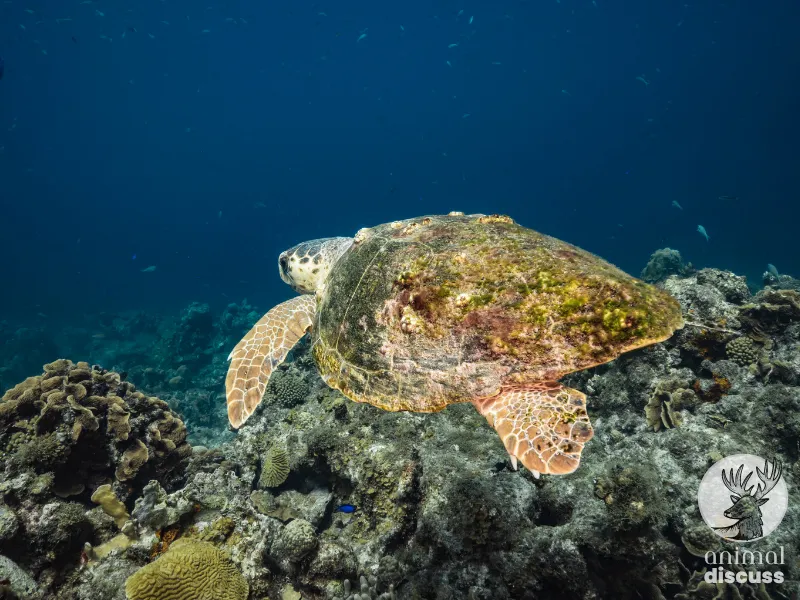
They seem to be navigating their own path and looking for the ideal places to complete their life cycle.
These turtles leave the area and venture into the Pacific Ocean’s deep seas. It seems as though they are saying, “Beach, see you later! We need to get serious about our swimming.”
However, in order to survive and find love, olive ridley turtles must be adaptable and adventurous as they travel over wide oceans. It is an adventure full of wonder and learning that highlights these amazing sea turtles’ extraordinary skills.
What are the Threats to Survival of the Olive Ridley Turtles?
It is really sad to hear about the struggles olive ridley turtles face, even though they are the most common marine turtles. You would think that would give them some protection, right? But they are up against serious threats.
Laws are supposed to protect them, but people still snatch their eggs and even kill the mamas for money. And those fishing nets? They are a nightmare, trapping and injuring these turtles.
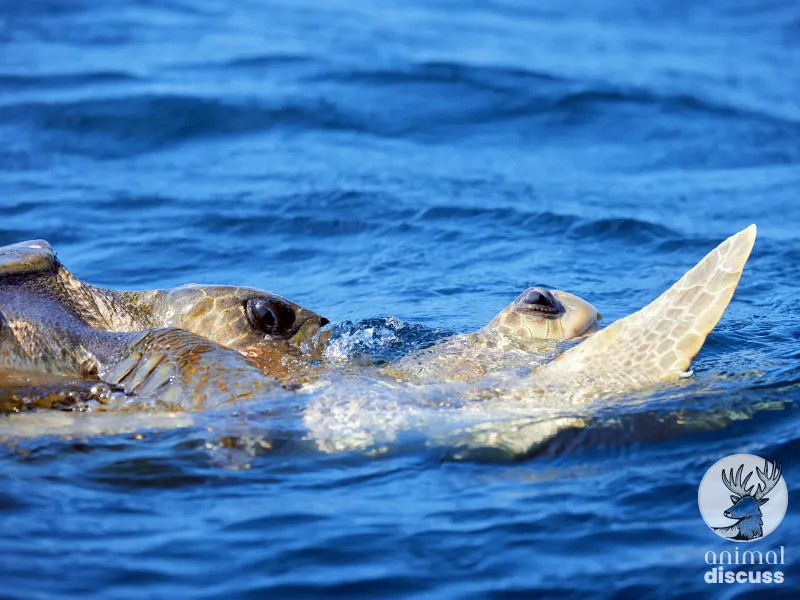
Bycatch in fishing gear is a big one. Trawls, gillnets, and longlines accidentally snare these turtles, often leading to injury or death. Then there is the direct collection of eggs and turtles.
People snatch up their eggs for food, especially during mass nesting events. But thankfully, some countries have laws against it now. Coastal development and rising sea levels are eating away at their nesting spots, too. Plus, predators like birds and raccoons prey on their eggs and hatchlings.
Consequently, ship collisions and ocean pollution add to their troubles. And with climate change, things are getting even tougher. It is really heartbreaking to think they are drowning or getting tangled because of us. We really need to do more to protect these incredible creatures before it is too late.
Conservation Status
Let’s talk about what’s going on with the olive ridley sea turtles and their conservation status. These turtles used to be everywhere in the ocean, the real popular kids on the block. But sadly, they have become victims of overfishing which makes them the most commonly fished sea turtle species worldwide.
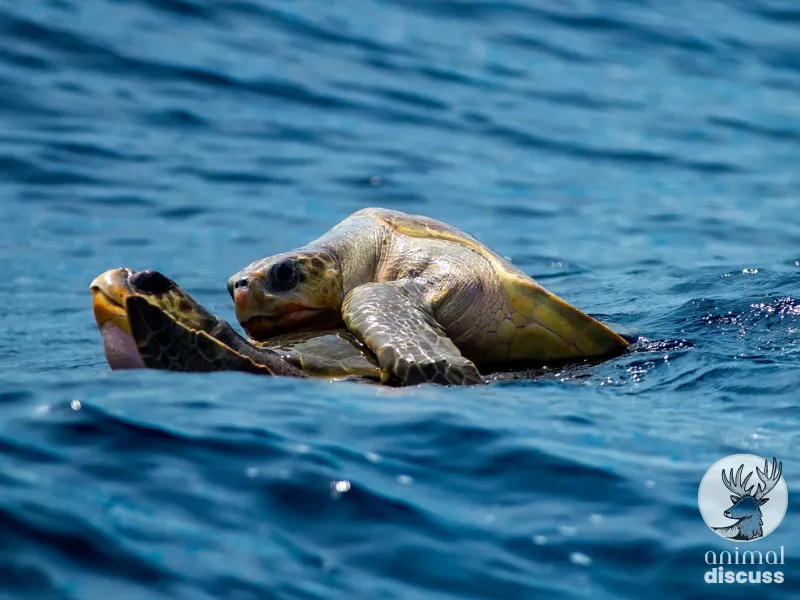
Nowadays, their numbers are way down compared to before. It is like their big family reunion got a lot smaller over the years. Things are especially tough for the olive ridleys in Mexico, where they breed.
They are in real trouble there, listed as endangered under the Endangered Species Act (ESA). And for the rest of their range, they are classified as threatened.
But hey, it is not all doom and gloom. There are folks out there who are working hard to help these turtles out. They are keeping a close eye on them through organizations like NatureServe and the IUCN. With everyone pitching in, we can give these amazing creatures a chance to fight.
So, while olive ridley sea turtles are facing some tough times, there is hope in sight. By working together and taking action, we can make sure these awesome turtles stick around for generations to come.
What Should You Do to Preserve This Creature? (Reference)
It is heartbreaking to know that olive ridley sea turtles are endangered, right? But hey, there is plenty we can do to help them out!
- First up, let’s tackle ocean waste. How about organizing a beach clean-up with friends? It’s a fun way to keep our beaches clean and safe for turtles.
- And speaking of waste, let’s be responsible with our fishing gear too. That stuff can really harm turtles if it gets tangled up.
- Now, onto plastic. We all know it is a big problem in our oceans, so why not switch to reusable bags and water bottles? Moreover, it is an easy way to cut down on plastic pollution.
- And those balloons? Let’s keep them on land. They can confuse turtles with jellyfish and even get them tangled in fishing nets.
- Besides, when you are near turtles, give them some space. They need peace and quiet, especially during nesting season.
- And if you are out on a boat, keep an eye out for turtles and slow down if you see them nearby.
- Moreover, let’s not forget about their habitat. Keep beaches dark at night and tidy during the day.
- And if you are driving on a beach where turtles nest, be extra careful. We want to make sure these amazing creatures have a safe and cozy home to return to.
- However, if you ever spot a turtle in trouble, don’t hesitate to report it. Your quick action could make a big difference in saving them!
So, by following these precautions, you can make their world so easy to survive without habitat loss. Don’t you want to follow those tips to keep them safe?
Frequently Asked Questions
Not satisfied yet? Then let’s read the FAQs together!
1. In India, where may one find olive ridley turtles?
In India, olive ridley sharks can be found from the coast of Gujarat to the Andaman Islands, Lakshadweep, Odisha, and Bengal. These turtles travel about a thousand kilometers from Australia to India.
See the linked article for more information regarding India’s Operation Olivia in relation to Olive Ridley Turtles.
2. Can Olive Ridley Sea Turtles be Pets?
No. Not only olive ridley but also all the sea turtles are not suitable to be kept as pets. Because people can hardly take care of them as the natural ocean water and your aquarium or tank water will never be the same. Also, it is against the law to have them as pets.
3. Do Olive Ridley Sea Turtles spend their entire lives in the ocean?
Yes, Olive Ridley Sea Turtles are predominantly marine creatures and spend the majority of their lives in the ocean. However, females return to land to nest, while hatchlings emerge from nests on beaches and enter the ocean shortly after hatching.
Wrapping Up
Alright, you have already experienced the mesmerizing places where the olive ridley sea turtles thrive. Mainly, the sandy beaches host the incredible site of hatchlings that venture into the ocean.
From the tranquil shore of Costa Rica to the vibrant waters of India, their habitat is a realm of wonders! But it is really sad that these turtles are endangered for many reasons.
We can preserve them by keeping the ocean water clean, avoiding catching them for money, and giving them a perfect environment for hatchlings. So, now tell me, shouldn’t they expect us to keep them safe?

